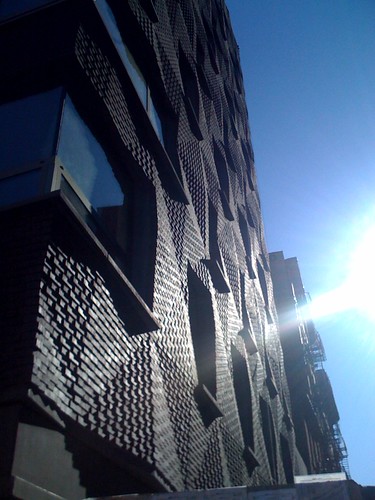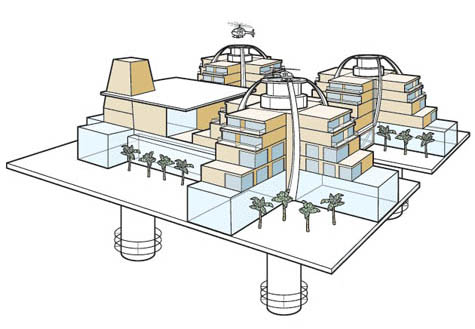

To contribute your Flickr images for consideration, just:
:: Join and add photos to the archidose pool, and/or
:: Tag your photos archidose
Architectural engineering design.autocad career .learnin,news,architecture design tutorial,


To contribute your Flickr images for consideration, just:
:: Join and add photos to the archidose pool, and/or
:: Tag your photos archidose
 [Image: The basic platform; design your seastead atop this and win $1000].
[Image: The basic platform; design your seastead atop this and win $1000]. [Image: The sample design].
[Image: The sample design]. [Image: An illustrated variation of the sample design, from Wired magazine].
[Image: An illustrated variation of the sample design, from Wired magazine].

To contribute your Flickr images for consideration, just:
:: Join and add photos to the archidose pool, and/or
:: Tag your photos archidose











This has been evident since the days of pioneering landscape architect Frederick Law Olmsted, who looked a parks in cities not as much from a ecological as from a social and public health standpoint. The urbanization and densification creates blight that isn't just unhealthy in a physical way, but also a psychological one. Subsequently, the work of Jay Appleton (Prospect-refuge theory), the Kaplans' study of environmental psychology, and the whole up and coming Biophilic Design crowd - shows there is no shortage of material to draw on. I'm currently reading a book that I picked up in a used bookstore in on a recent Mt. Shasta trip. Written by Charles A. Lewis, Green Nature, Urban Nature explores 'the meaning of plants in our lives', and concludes that culturally, evolutionarily, and spiritually - landscape and nature including plants, offers us a huge well of positive benefits.

:: image via Univ. of Illinois Press



 I've highlighted it here in pink on the map. The city center is just to the left.
I've highlighted it here in pink on the map. The city center is just to the left. Because of it's location, it's surprisingly quiet for being right in the city. Also it's the best places to watch the boats go by, especially during the regatta and many sail races that happen in the city.
Because of it's location, it's surprisingly quiet for being right in the city. Also it's the best places to watch the boats go by, especially during the regatta and many sail races that happen in the city. This sculpture stands on the side of the ship yards as a memorial, isn't it great? You can see the house we stayed in when I was a little boy in the background.
This sculpture stands on the side of the ship yards as a memorial, isn't it great? You can see the house we stayed in when I was a little boy in the background.

